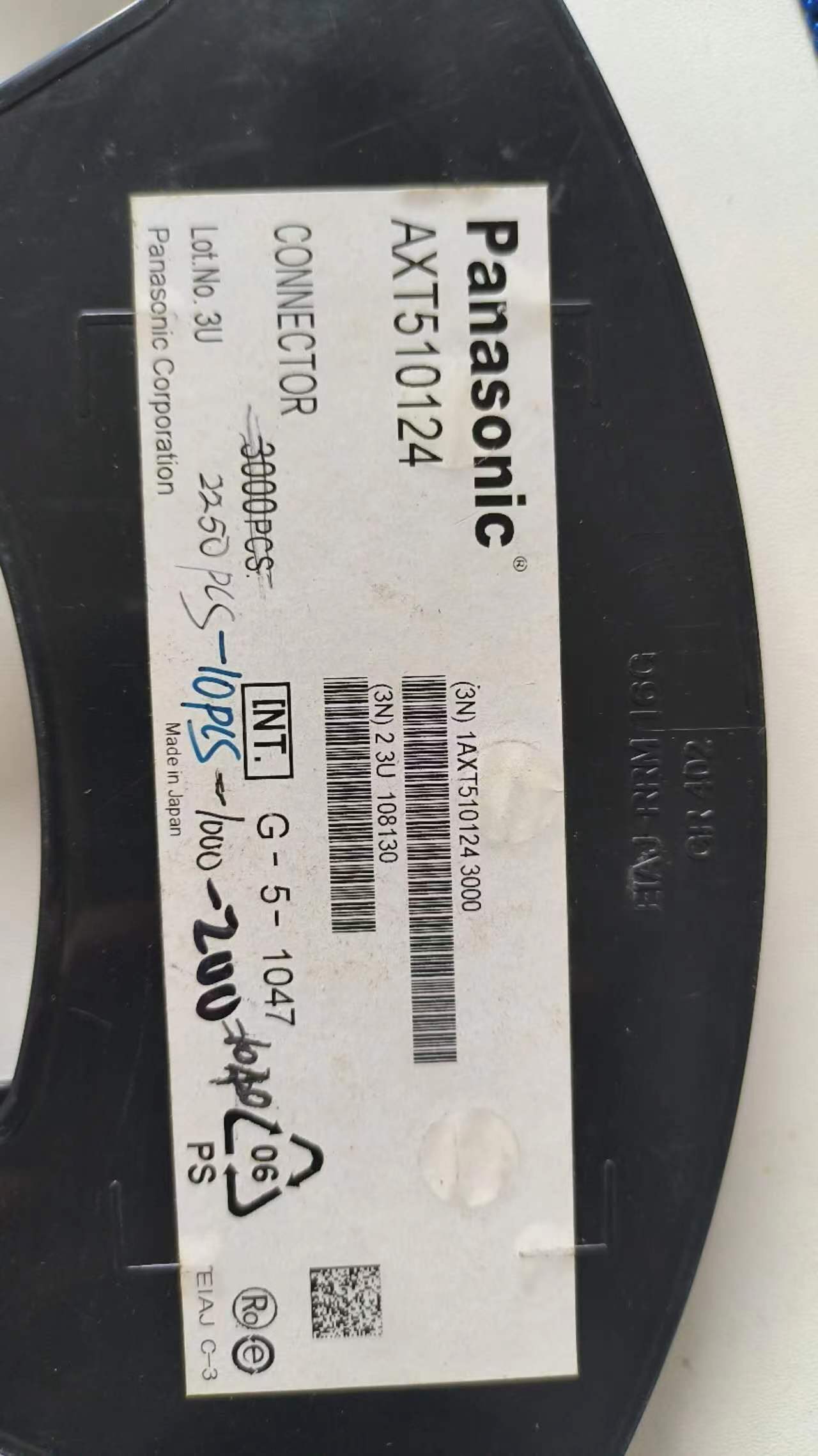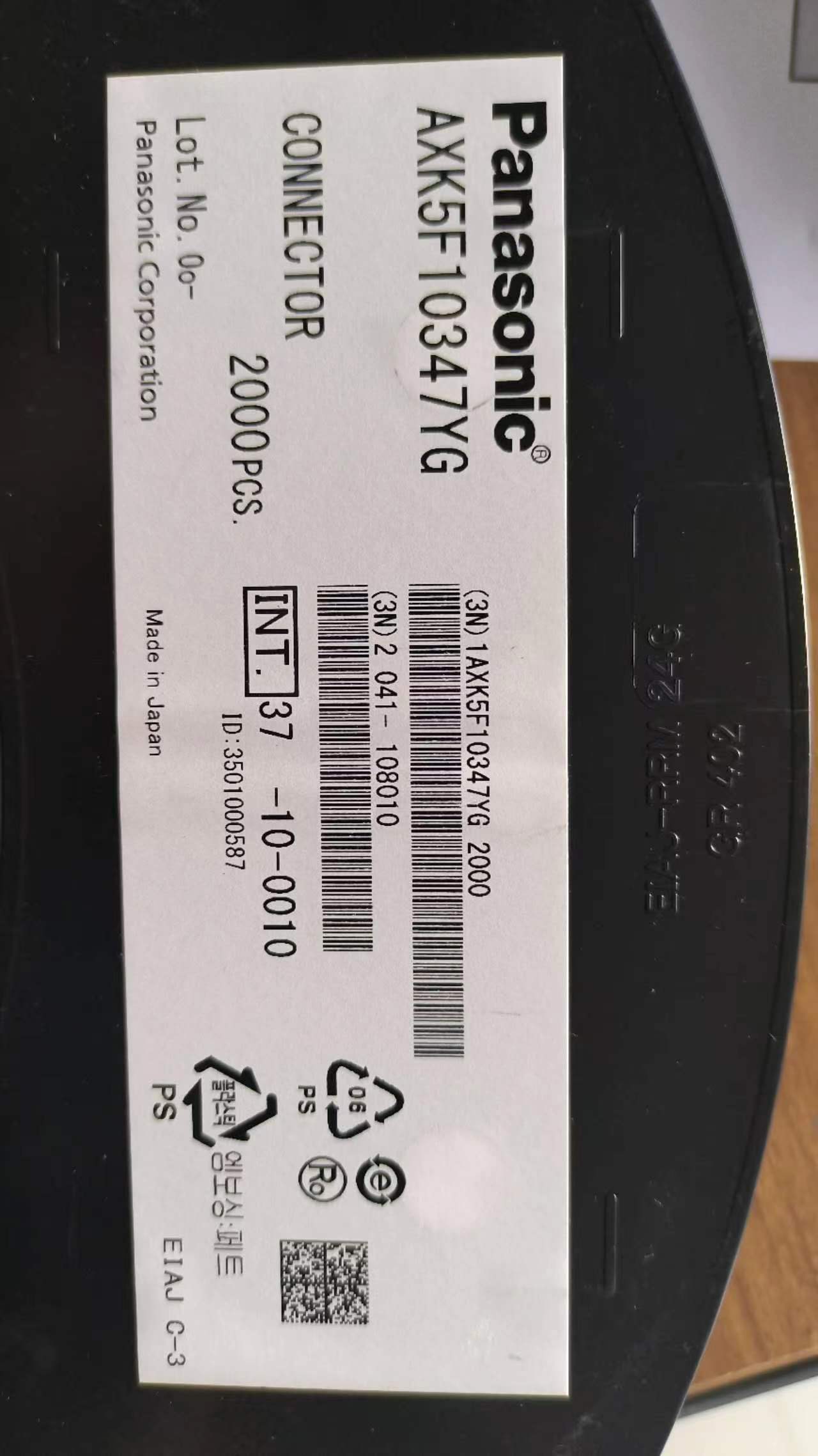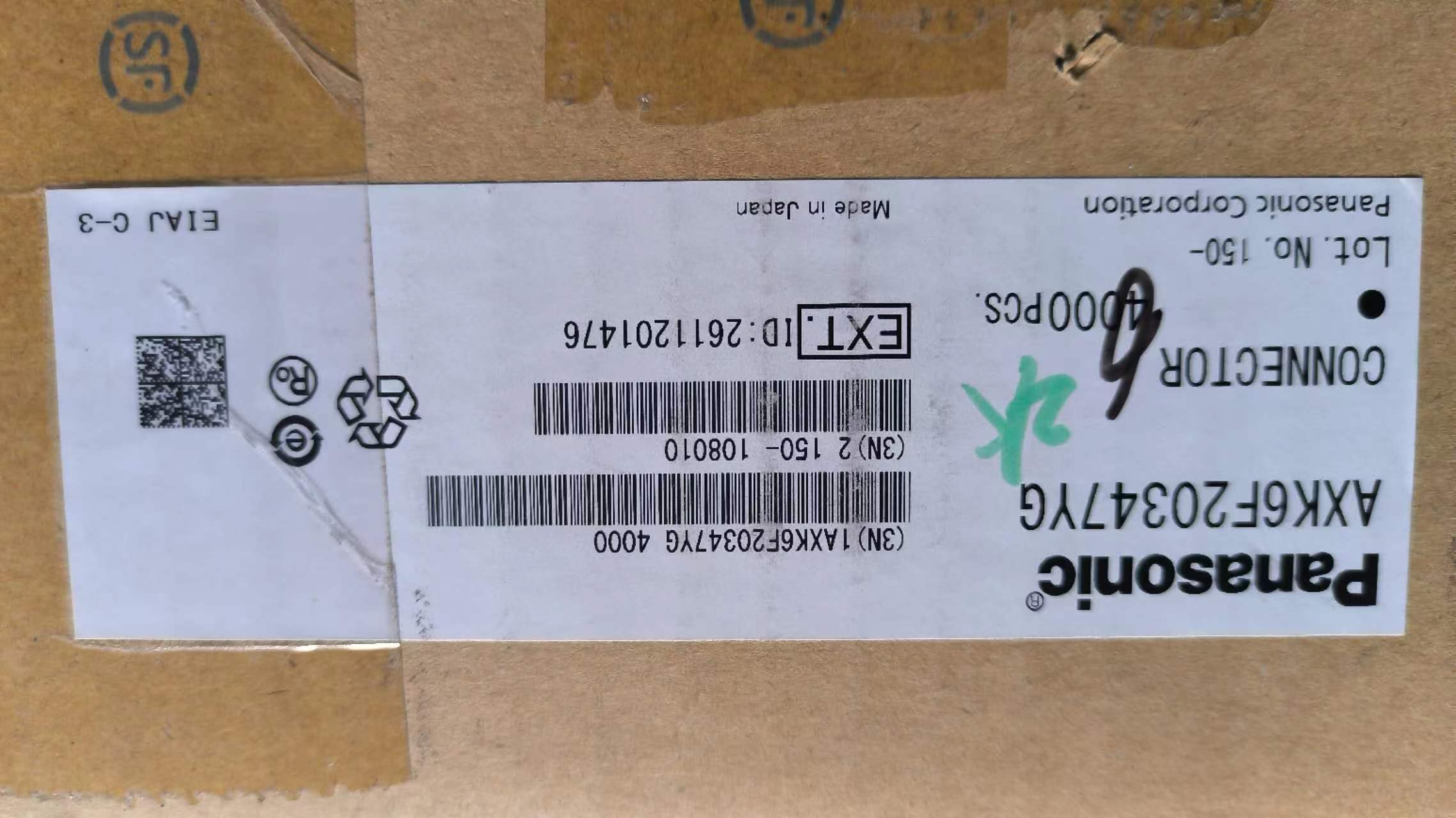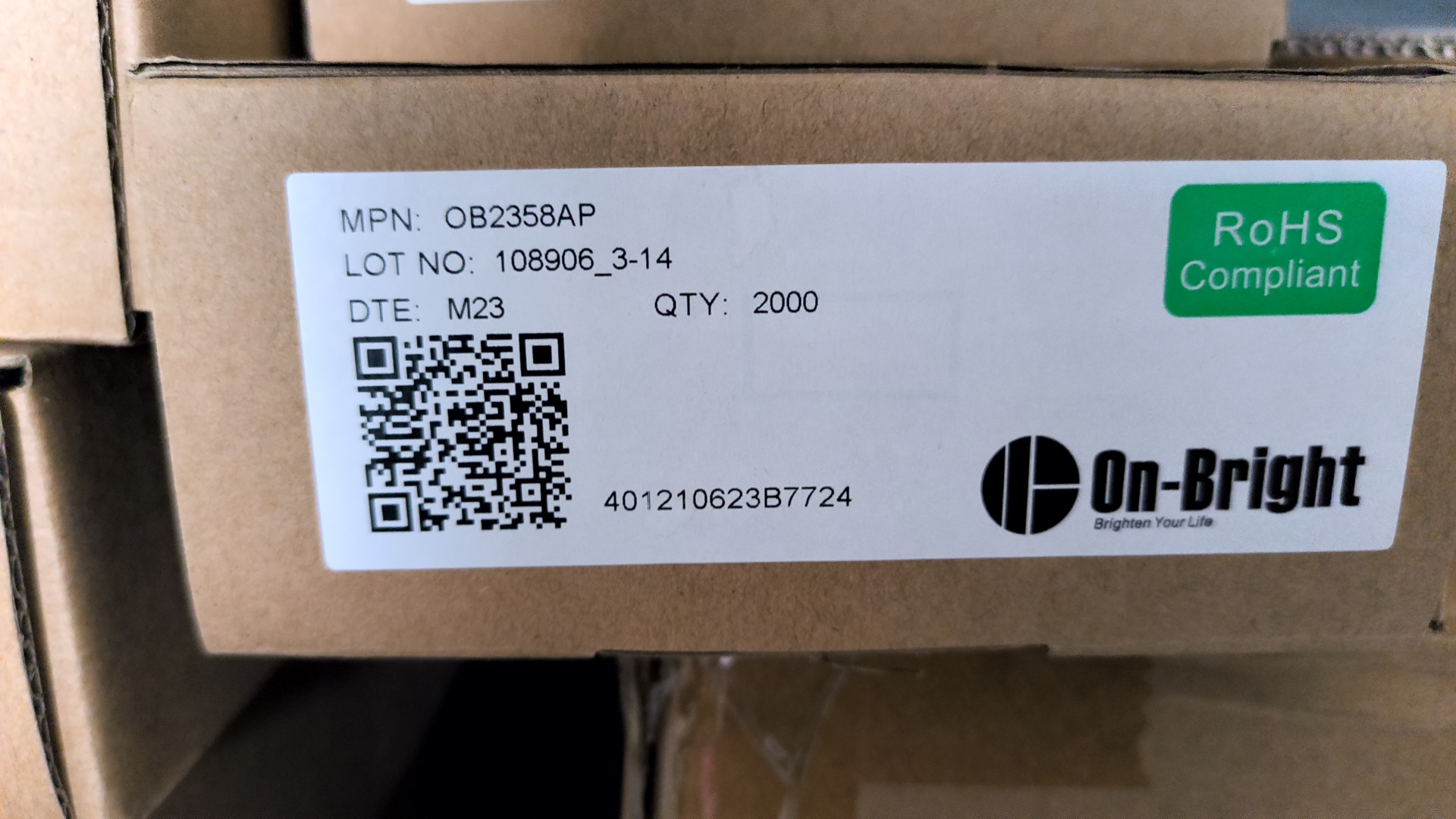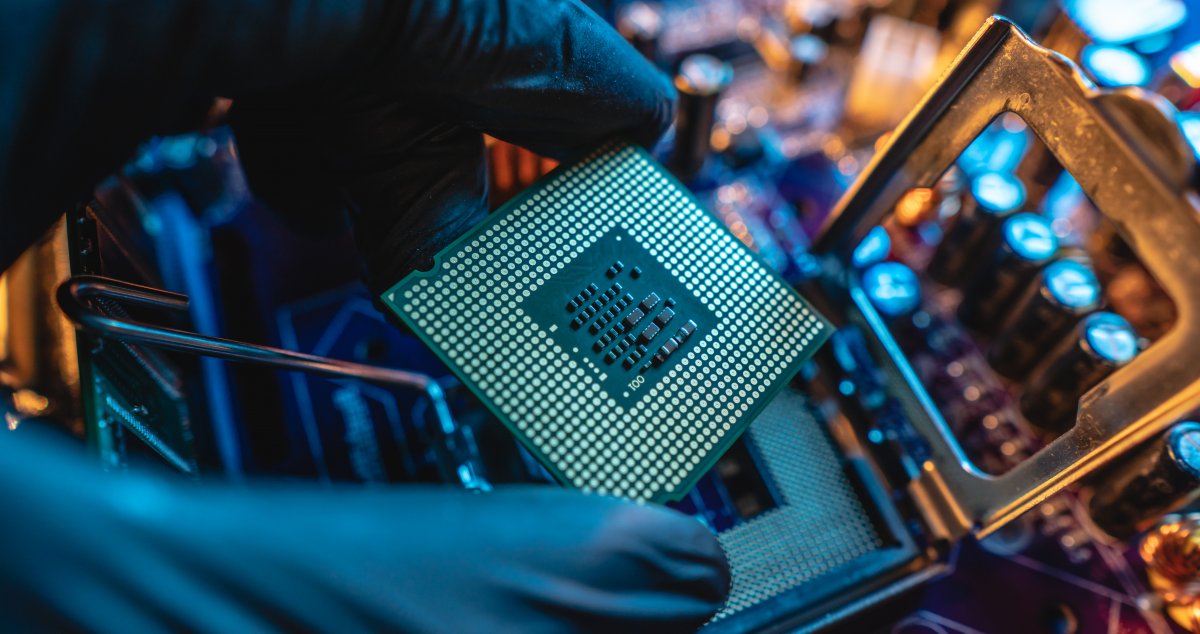采购必看!电子元器件选型从入门到放弃
2023-12-22 10:40:42

-
对外界应力敏感的器件
-
工作应力接近电路最大应力的器件
-
频率与功率都大的器件
-
CMOS芯片成品率与可靠性的关系
-
统计工艺控制
-
合格率的表征参数



-
塑料封装
-
陶瓷封装
-
金属封装
-
吸潮性问题
-
气密性问题
-
温度适应性问题
2.报价单上小数点的精确位数应该根据采购量来决定。
3.在分析、审核报价单的时候,尽可能用你最常用或最熟悉的货币单位来分析。(如果人民币升值,我们进口东西应该用什么报价?用外币;如果人民币贬值,我们进口东西应该用什么报价?本币)
4.从报价单位和方式角度上看,要尽可能用对我们最有利的方式报价。
5.拆分的报价要特别注意化整为零的报价策略和方式。(所谓化整为零,就是在拆分的各部分报价中都有小数点进位。供应商在这个地方多弄一点,那个地方多弄一点,整体就高出来了。这也是在细分成很多项的“配套产品报价单”上容易出现的问题。)
6.要按照采购方的成本结构来进行报价。(采购大批量产品时,报价单的格式应该按照采购的要求去做,也就是要求供应商要按照我们统一的报价方式和报价格式来报价,包括成本计算的方法都要统一按照我们的要求,这是非常重要的。这样有利于你分析供应商报价和成本。)
7.要特别注意供应商在解释报价的时候,会尽可能提升你对价值的认识,而让你自然而然地接受他的价格。
8.采购也要善于哭穷,如果你总在供应商面前感谢关注采购从业者微信公众号摆出财大气粗的样子,肯定很难拿到更优惠的价格。
9.在需要供应商报价的时候,你要学会隐藏自己的采购目的,把握好采购的需求。如果你提前跟供应商说了你的需求,然后再要求供应商报价,他的报价也许就会很离谱。也就是说你很难或根本砍不到你想要的价位了。
10.要分析供应商原材料的来源,并且完善采购成本模型的非正常因素的成本影响。这样有利于我们分析供应商真实的成本。
11.要注意供应商利用正公差报价算成本,负公差生产的问题。也就是说,有时供应商在算采购成本的时候全部都是按照正公差给你算,但实际上做产品时全部都是用负公差生产的。应该定期评估模具的状态。
12.要分析供应商的建议是否存在陷阱。供应商的建议有价值,但是有可能蕴藏对我们不利的阴谋,我们一定要辨别出供应商的“好意”。
13.报价单中应该规定原材料供应商的品牌,更换应该经过采购认证。这样既可以避免供应商“以次充好”,也可以控制成本,保证质量。
14.原材料审核不应该放松,尤其是拆分报价。通常供应商把“水分”加在原材料上,采购也容易接受,并且很多采购在供应商的原材料成本分析这方面投入的资源很少,花的时间也少,尤其是原材料价格的变化很大的材料,供应商往往乘机提高价格。供应商报价中的原材料不能动,是错误的观点。
15.供应商通常会把采购最熟悉成本的部分或者市场最透明的部分报低,感谢关注采购从业者微信公众号让我们认为供应商的报价实在、便宜,取得采购对供应商报价的信任;而把采购最不熟悉的部分或者市场不透明的部分报高。
16.要注意报价单当中的弹性项目。供应商报价时常隐藏很多弹性计算费用的项目,这种报价策略,供应商经常可以成功地在后续获得丰厚的利润。采购如果稍微不注意,就要付出不必要的成本代价。最好能减少弹性计算费用的项目。
17.要特别注意容器残留(杂质)导致的成本损失。除了气体有容器残留问题,其实不断回收的胶水,也有类似问题。
18.要注意生产产品产生的边角料的处理,它所产生的价值,也应该作为供应商利润的一部分进行评估,或者抵冲成本。
19.要全方位审核追踪采购产品可能发生的税收变化。(税金经常会被重复计算。)
20.报价单分析和成本分析要结合到供应商工厂去分析。很多采购管理者认为采购到供应商工厂里去,很浪费时间,而且还有差旅成本。最重要的是采购到供应商工厂去,会更容易被供应商“搞定”。感谢关注采购从业者微信公众号这种观点使公司的很多采购人员没办法做的更专业。因为他们根本就不知道他采购的产品是怎么生产出来的,更不用说清楚供应商提供产品的成本了。
21.要特别注意供应商偷工减料的问题。你给供应商多少钱他都能做出你想要的货,靠的就是偷工减料。价格低不等于成本就低,保质保量是很重要的,所以我们应该不断地追踪和分析采购产品质和量上的变化。
22.像塑胶件、铸造件等的生产,应该特别控制新旧材料的比率。我们甚至可以考虑,突击审查供应商的诚信。看看供应商是不是按照采购规定的技术标准去生产的。
应该注意分析,产成品无法核算成本或者核算材料耗用的项目。
24.为了了解供应商成本的学习曲线与规模效应,应该分多阶段报价。越是劳动密集型的产品,后续成本下降的空间就越大;越是在大批量生产阶段,成本很可能会呈学习曲线下降, 学习曲线甚至持续很久。另外规模效应也很可能是成本发生变化的重要因素。通过分析学习曲线与规模效应追踪与分析,可以自动削减采购成本。
25.通常报价单中20%的项目时常占到80%的成本, 30%的项目占到15%的成本, 50%的项目只占5%的成本。所以我们要重点分析占总成本比重最大的项目。
26.整数项目,供应商很可能是大致估算的,很粗糙,应该关注。另外,诸如销售费用很可能有规模效应,分摊成本时需要与采购量挂钩。
27.要注意供应商使用心理感应报价法,表现为两种形式:第一种形式是供应商制造出一种报价是被计算出来的感觉;第二种形式是供应商把价格报在低于我们某个心理价位上,这样采购比较容易信任和接受。感谢关注采购从业者微信公众号
28.供应提供的所谓的证明,很可能是二手的资料和信息,不要因为证明而停止分析供应商的成本,除非你真的确信没有问题。
29.要尽可能的分析费用的分配率,而不是费用的加减乘除。因为分配率相对容易与行业、供应商之间进行比较。前面提到过供应商经常在原材料上做文章,事实上各个项目的费用,包括直接工资、制造费用、管理费用、财务费用也是大有文章。
30.逻辑错误是我们需要特别注意的问题,尤其是项目复杂的报价。供应商经常故意犯这样的错误。
31.应该评估采购量和模具的经济性。
32.应该评估供应商所开模具与其他供应商的匹配性。
33.报价单的杠杆点应该重点分析,而且要斤斤计较。
